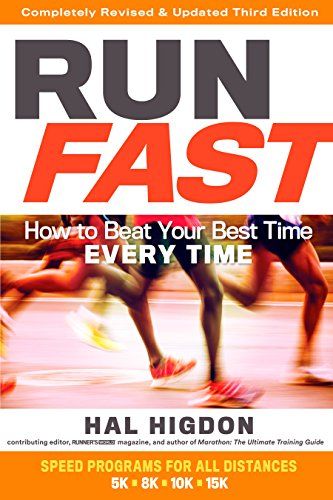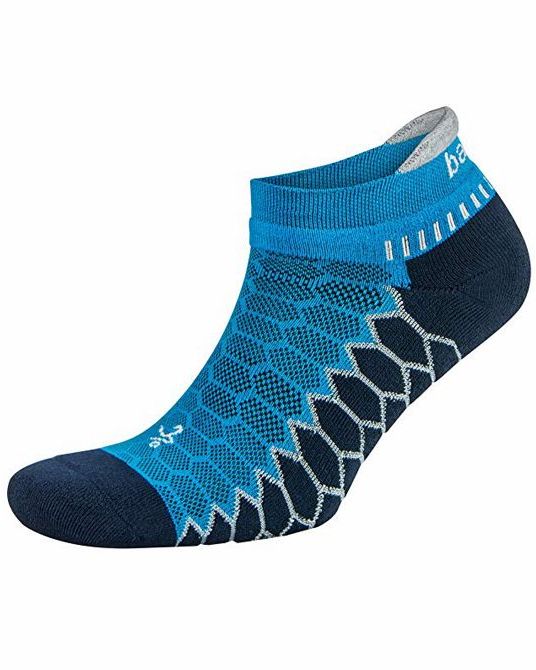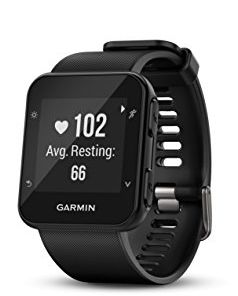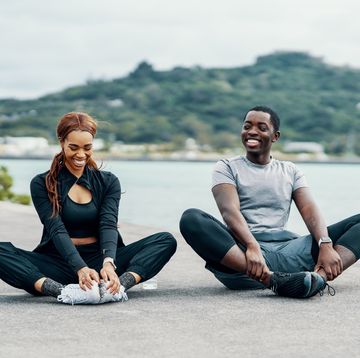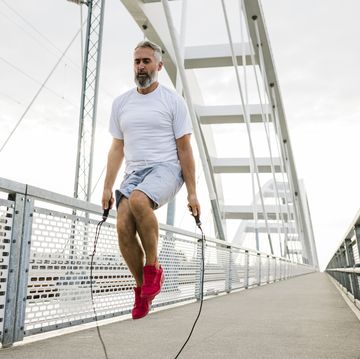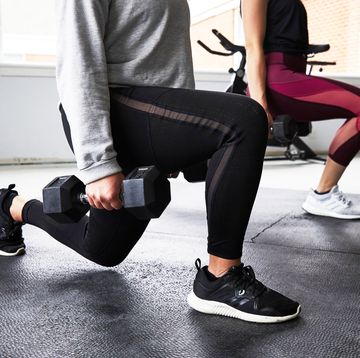Not everybody runs at the same level year after year after year. We move from peaks to valleys, gearing up for a road race and gearing down when other interests take precedence. Sometimes, we suffer an injury. Sometimes, we become bored. Sometimes, we quit running (or run less) rather than fight the winds of winter or the dog days of summer. And with many races canceled or held virtually thanks to the coronavirus pandemic, when we are ready to return back to the 5K or marathon, we might be left wondering how to get back into our best running shape.
Scientists can now describe the effects of detraining, or how quickly we go out of shape. At the University of Texas at Austin, Edward Coyle, Ph.D., convinced a group of highly-trained runners (who ran 80 miles a week) and cyclists (who rode 250 miles a week) to quit training. Their measured oxygen uptake scores declined rapidly at first, then less so. Ironically, the best-trained lost the most. Those less-trained had less to lose. Coyle determined that athletes lost half of their aerobic fitness within 12 to 21 days, then half of their remaining fitness level within the next 12- to 21-day period, and so on. After three months, all were detrained.
How Long Does It Take to Get Back in Shape?
Scientists find it more difficult to measure retraining, or how long it takes to get back in shape. “There’s very little data,” conceded the late Michael L. Pollock, Ph.D., who was director of the University of Florida’s Center for Exercise Science. Nevertheless, scientists can make some educated guesses.
Coyle suggests that for every week lost, it takes two weeks to regain the original level of fitness. Other experts have suggested that it would take an equal amount of time: if you take one month off from running, it would take about a month to get back to your original level of fitness. But this all depends on your starting point, personal physiology, and return plan.
Join Runner’s World+ today for more training advice!
In Coyle’s detraining studies, he identified one reason for the immediate fitness decline—loss of blood volume. During the first 12 to 21 days away from training, you lose as much as a half-quart (500 milliliters) of blood. “Previously, researchers thought detraining was because of deterioration of the heart. Actually, the heart had less blood to pump to the muscles,” Coyle says.
When you retrain, you regain that lost blood volume. Not only can you transport oxygen to the muscles more efficiently again, but you also have more fluid available for sweating, which helps cool your body. Coyle says runners can regain blood volume within a week, although reproduction of red blood cells takes longer.
But not all systems of the body detrain or retrain equally. Your skeletal system, for instance, may not accept the strain of training at your previous level, particularly as you age. Remember, a runner who loses six years of training must also cope with six years of normal aging.
How Do I Get Back into Working Out?
Getting back into shape need not be that difficult. And it is certainly easier than starting to run for the first time. If you are returning to running after being away for whatever reason, the following 10 tips may make your journey back more pleasant.
Have a goal in mind.
A goal may be as simple as going out to do your first run. Ask yourself why you want to run again. To get in shape? To improve your previous times? To compete in a particular race? Plan your training well ahead so as to achieve that goal.
Consider how long you’ve been gone.
Depending upon your time away from fast training, you will have an easy or hard time coming back. Expect to spend at least two days getting back in shape for every day lost.
Forget the past.
Workouts done years ago bear no relevance to what you can do today—and can be a cause of injury. Once you regain your base fitness, ask yourself whether you want to resume old training patterns, including speedwork.
Decide if you can do it better this time.
In your previous life as a runner, did you make mistakes that can be avoided this time? Reevaluate your entire approach to training. Don’t get trapped in old habits that maybe didn’t produce the best results.
Consider your age.
Runners in their 20s can head back to the track as though they never took any time off. It becomes progressively more difficult to regain lost speed once into your 30s, 40s, 50s, and beyond. But it’s not impossible.
Approach speedwork cautiously.
Some speedwork seems necessary to regain peak performance. But until you rebuild your aerobic base, intense running may cause excessive fatigue and discourage you. Your tendons and ligaments may not support the new power developed by your lungs and muscles.
Recognize that strength returns slowest.
Just as strength is slowest to fade when you stop running, it takes longest to return. You will find it toughest to regain the top end of your conditioning, even when you’re back in reasonably good shape.
Don’t race too soon.
Competition can be a good way to measure your comeback, but you risk injury by going too hard. It also takes time away from training. Go into early races with a relaxed mood, and don’t worry about fast times.
Be cautious.
If you’ve previously been injured, you should be particularly cautious. One important question to ask: “Have I determined the cause of the injury?” Rest is sometimes not enough. You may reinjure yourself if you train at your previous level.
Keep the faith.
At times, it may seem the road back is too long to travel. But you can move back to road racing and perform at a high level. All it takes is discipline and patience.
This article has been excerpted and adapted from Run Fast: How to Beat Your Best Time — Every Time, by Hal Higdon.


